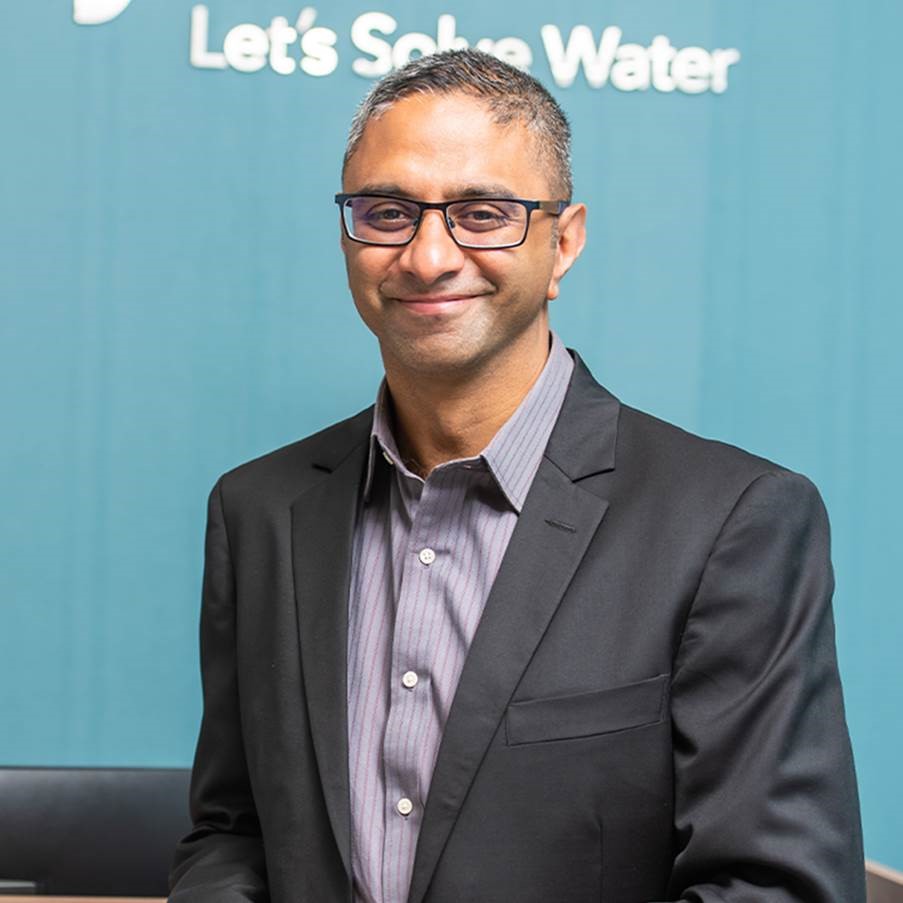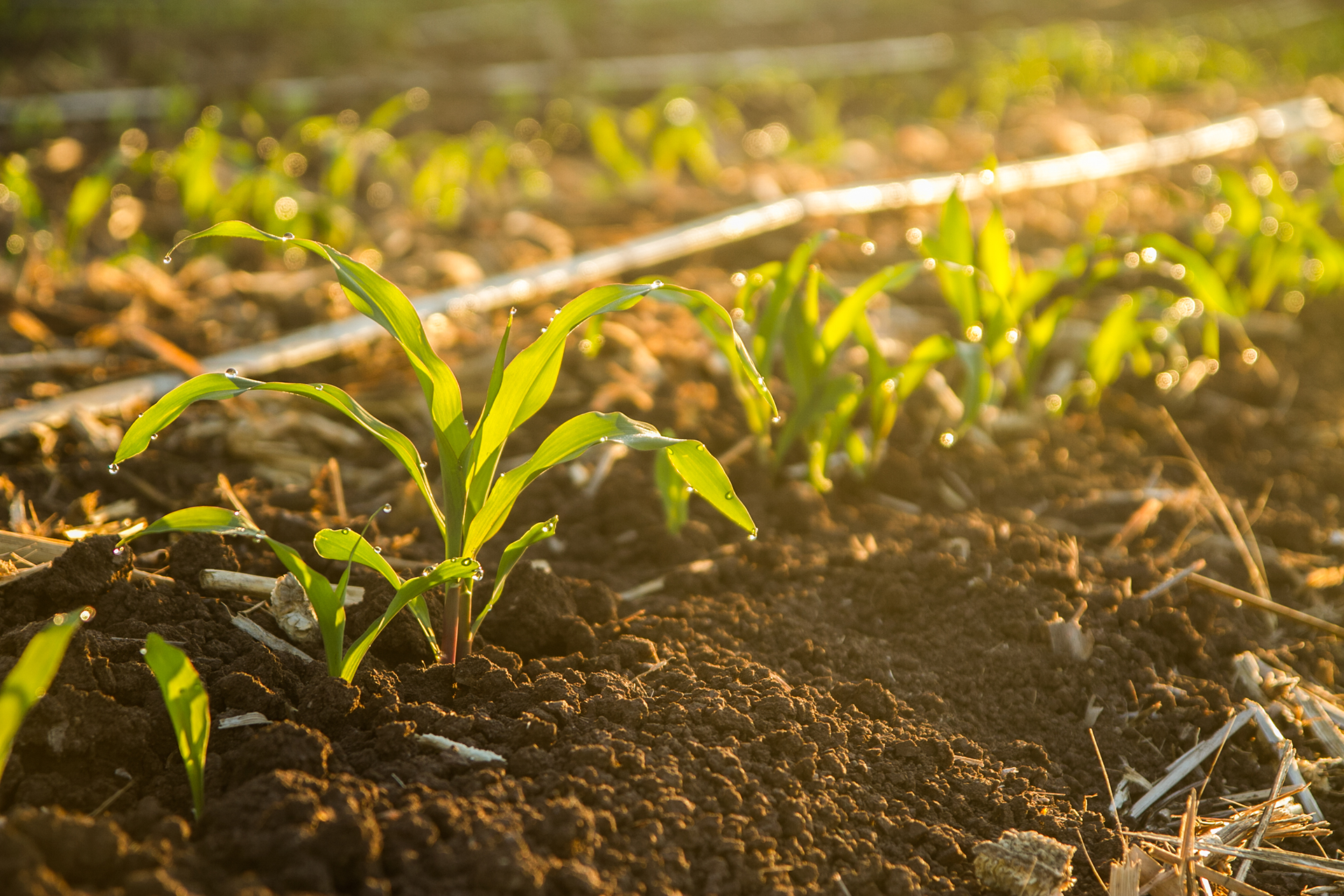We already have solutions to water problems—it’s time we started using more of them.
It would be incorrect to say the world does not care about water. It’s our most precious resource: without water, there is no life, and water fills many different roles in our societies. From feeding and cooling energy systems to creating the lush greenery around us that creates oxygen, we need water.
Yet, we also take water for granted, and that has consequences. Ecosystems around the world are buckling under the pressures of overuse and pollution. The state of wetlands, rivers, and aquifers is becoming worse, and the United Nations reports that between two and three billion people today experience water shortages.
South Africa does not buck the trend: according to the Department of Water and Sanitation, 46% of the country’s water supply systems pose acute human health risks due to pollution and decaying wastewater infrastructure.
Why are we neglecting the most crucial resource on our planet? Perhaps the issue is that we are so used to water that we cannot imagine a world without it. We think it has an endless abundance. But the reality is very different.
In 2019, the United States Geological Survey released an infographic comparing Earth’s water supply to the planet’s size. If we rolled all water, including the oceans, into one big sphere, it would be 1.3 billion cubic kilometres large. That might sound impressive, but Earth is 1.086 trillion cubic kilometres big—900 times larger than that water sphere.
Water becomes even smaller when we only focus on fresh water. All the liquid fresh water comes to a mere 10 million cubic kilometres, and 99 percent of that is mostly inaccessible because it is deep inside the Earth’s crust (and so-called groundwater levels are also falling). If we isolate the sphere to water in rivers, dams and lakes, it’s less than 100,000 cubic kilometres. The amount of accessible drinking water is ten million times less than the planet’s size.
These numbers should shock us because that minuscule amount of water that supports every living thing on the planet is in grave peril. But there is good news: water is very resilient, and a little effort goes a long way to help it thrive.
2024 is the year we can turn the trickle of water projects into a river. Modern engineering and digital technologies in the water sector deliver impressive efficiency, visibility and performance.
As governments invest more in modernising and improving water infrastructure, they will quickly see results. Businesses that take water management and recycling more seriously earn back money from savings and create long-term sustainability. And individuals who promote water-saving habits around them help uplift their communities.
Our world faces many challenges, some of which still require us to develop suitable solutions. But not water. There are straightforward ways to improve water management and quality, and the sooner we act, the easier it will be to align those actions with our current needs. We can avoid a triage where we must choose between water and profitability, or water and social cohesion. We don’t have to make hard choices, yet.
But we must start to act in unison, using the technologies and experience of the water industry. Water may be in trouble, but we can change that. It starts with making 2024 the year of water, and then the following year, and the year after.
Join us in the effort at www.xylem.com and Let’s Solve Water.









